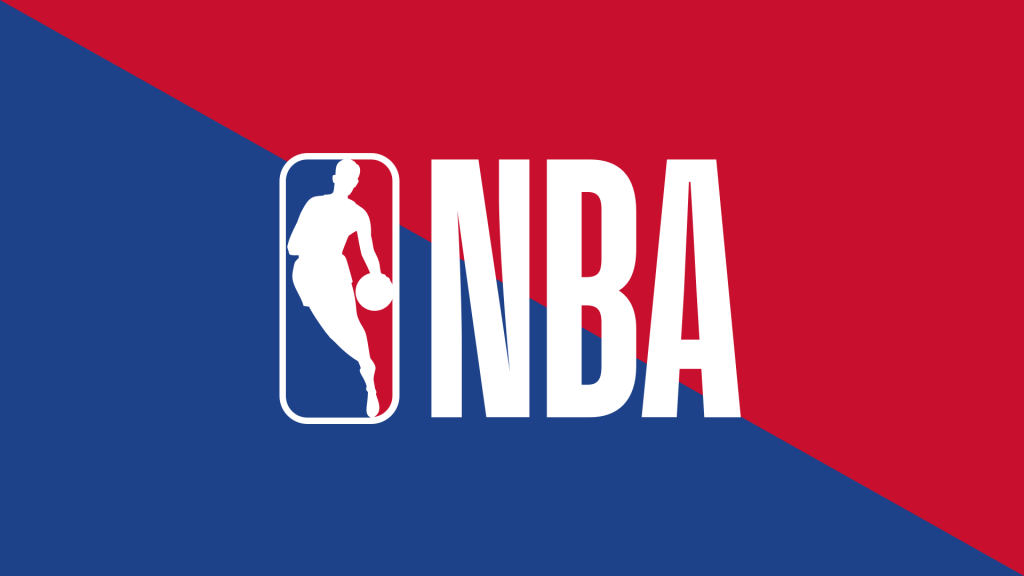What Are NBA Overtime Rules? Explained
It’s a good idea to review the NBA’s overtime regulations now that the playoffs are well underway and every second counts more than ever. This is especially true if you’re a casual fan who hasn’t watched much NBA recently.
What Are NBA Overtime Rules?
In the NBA, teams play a five-minute overtime period if the score is tied at the end of the regular. Between the regulation’s conclusion and the start of overtime, there are 130 seconds.
After the opening leap, the NBA adopts a quarter-possession regulation to begin the subsequent periods. There will be two team timeouts for each team throughout each overtime period as opposed to the previous three. There is no provision for unexpected death for the full overtime period. In overtime, all personal fouls are carried over. If the score is still tied at the end of overtime, the teams play another overtime period.
SGA so nice with it 😮💨
(via @NBA)pic.twitter.com/pQwsVt5rPI— Overtime (@overtime) November 17, 2022
While some games only require one overtime, which starts with a new jump ball and adds five more minutes to the clock, others may require many overtimes. An NBA game may go into as much overtime as necessary.
The Nuggets and Trail Blazers engaged in a postseason record-tying four overtime sessions of play in the 2019 Western Conference Semifinals before Portland was able to escape with a three-point victory. There were five additional periods in the game that was the longest in a regular season.
KJ THAT MAN HAS A FAMILY 🤮
(via @NBA)pic.twitter.com/7fYWLNelDO— Overtime (@overtime) November 15, 2022
The 12-minute overtime period is a condensed version of that period. Therefore, it has its own rules, many of which are similar to those from the final two minutes of regulation.
Here is a breakdown of the NBA’s overtime regulations-
Team fouls
Non-shooting fouls result in the other team inbounding the ball while shooting fouls always result in free throws. A team’s total foul count for the period is not increased by an offensive foul; instead, it is counted as a personal foul.
BUCKS WIN IN DOUBLE OVERTIME🔥
• Defeat OKC 136-132 despite no Giannis
• Jevon Carter 36 pts, 12 ast, 4 reb
• MarJon Beauchamp 19 pts, 8 rebMilwaukee looking like the class of the NBA #FearTheDeer pic.twitter.com/6IPjyWvHQq
— IKE Bucks Podcast (@IKE_Bucks) November 10, 2022
The opposition team inbounds the ball from the sideline if they commit the first three non-shooting fouls of overtime. Any common foul committed in overtime that is more than a team’s third foul results in two free throws for the opposition.
A team may commit one non-shooting foul in the final two minutes of overtime without sending its opponent to the free-throw line if it does not commit a total of three fouls in the first three minutes of overtime.
Timeouts and coach’s challenges
Each team is given two timeouts during overtime.
Kelly Oubre Jr. was called for a travel on this play.
The Hornets had the opportunity to tie or win the game in overtime. pic.twitter.com/2UJB67rYI5
— NBA on ESPN (@ESPNNBA) November 11, 2022
No matter whether the coach’s challenge is successful or not, each team is allowed one each game. A team can contest a call in overtime if it doesn’t use its coach’s challenge during regulation.
A coach’s challenge cannot be used to contest a called goaltending, basket interference, or out-of-bounds penalty in the final two minutes of overtime.
Instant replay
In the last two minutes of any overtime period, officials can trigger instant replay in the following scenarios:
- Determining which team should be awarded possession on an out-of-bounds call
- Determining whether or not the game clock needs to be adjusted
- Determining whether or not illegal contact was made on a block/charge call
- Determining whether or not a goaltending or offensive basket interference violation was called correctly
No way 😭 (via @NBA) pic.twitter.com/JAzfATEL3e
— Overtime (@overtime) November 12, 2022
The league’s replay center official in Secaucus, N.J., can trigger instant replay in the following scenarios in the first three minutes of an overtime period:
- To determine whether or not a made field goal was correctly ruled as a 2-pointer or 3-pointer OR to determine whether or not a player was fouled during a 2-point or 3-point attempt
- To determine whether or not a successful shot was released prior to the expiration of the shot clock
FOR MORE NBA UPDATES-
Youngest & Oldest Coaches In NBA: From Joe Mazzulla, Will Hardy To Gregg Popovich


